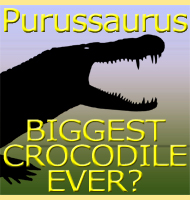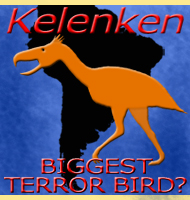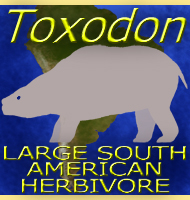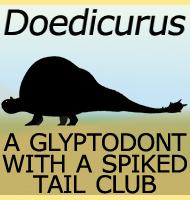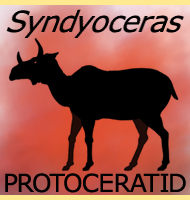


Necrolestes
Name:
Necrolestes
(Grave robber).
Phonetic: Nek-roe-less-teez.
Named By: Florentino Ameghino - 1994.
Classification: Chordata, Mammalia, Theria,
Necrolestidae.
Species: N. patagonensis
(type).
Diet: Insectivore?
Size: Uncertain but estimated around 15
centimetres long.
Known locations: South America, Patagonia.
Time period: Early Miocene.
Fossil representation: Partial remains,
particularly the snout.
Necrolestes is only known from partial remains, but the snout (the best preserved part) has an upturned tip. This has led to speculation that Necrolestes may have had a fleshy appendage similar to that seen on the star nosed mole (Condylura cristata). This in turn has led to speculation that Necrolestes may have lived like a mole, although an alternative is that it may have been a more regular kind of small mammal that pushed a specially adapted sensing nose through leaf litter to find hidden invertebrates. Necrolestes is usually interpreted as being a marsupial because these were the dominant types of mammals in South America until it became connected to North America in the Pliocene.
Further reading
- Nuevos restos de mam�feros f�siles descubiertos por Carlos Ameghino
en el Eoceno inferior de la Patagonia austral. – Especies nuevas,
adiciones y correcciones [New remains of fossil mammals discovered by
Carlos Ameghino in the lower Eocene of southern Patagonia. – New
species, additions, and corrections]. - Revista Argentina de Historia
Natural 1:289-328 . - F. Ameghino - 1891.
- Los Metatheria sudamericanos de comienzos del Ne�geno (Mioceno
Temprano, Edad-mam��fero Colhuehuapense). - Parte I: Introducci�n,
Didelphimorphia y Sparassodonta. Ameghiniana 44(1):29-71. - F. Goin, A.
Abello, E. Bellosi, R. Kay, R. Madden & A. Carlini - 2007.
- The Patagonian fossil mammal Necrolestes: a Neogene survivor of
Dryolestoidea. - Revista del Museo Argentino de Ciencias Naturales,
Nueva Serie. 14 (2): 261–306. - Nicol�s R. Chimento, Federico L.
Agnolin & Fernando E. Novas - 2012.
----------------------------------------------------------------------------
Random favourites
 |
 |
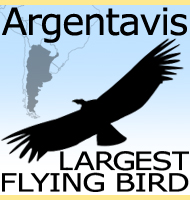 |
